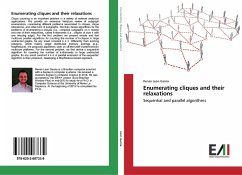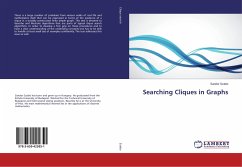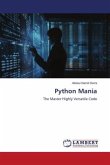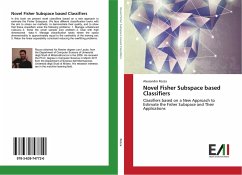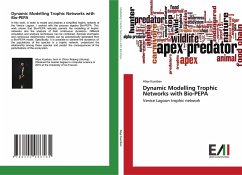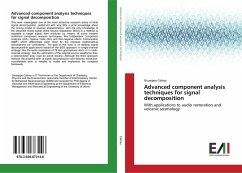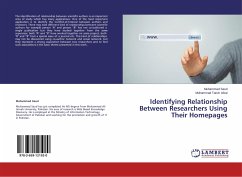Clique counting is an important problem in a variety of network analytics applications. We provide an extensive literature review of subgraph enumeration, considering different problems associated to cliques, clique relaxations, and other kind of subgraphs. We then devise algorithms for the problems of enumerating k-cliques (i.e., complete subgraphs on k nodes) and one of their relaxations, called k-diamonds (i.e., cliques of size k with one missing edge). For the first problem we present simple and fast multicore parallel algorithms for counting the number of k-cliques in large undirected graphs, for any small constant k 4. Differently from existing solutions, which mainly target distributed memory settings (e.g., MapReduce), the proposed algorithms work on off-the-shelf shared-memory multicore platforms. For the second problem, we first devise a sequential algorithm for counting the number of k-diamonds in large undirected graphs, for any small constant k 4. A parallel extension of the sequential algorithm is then proposed, developing a MapReduce-based approach.

